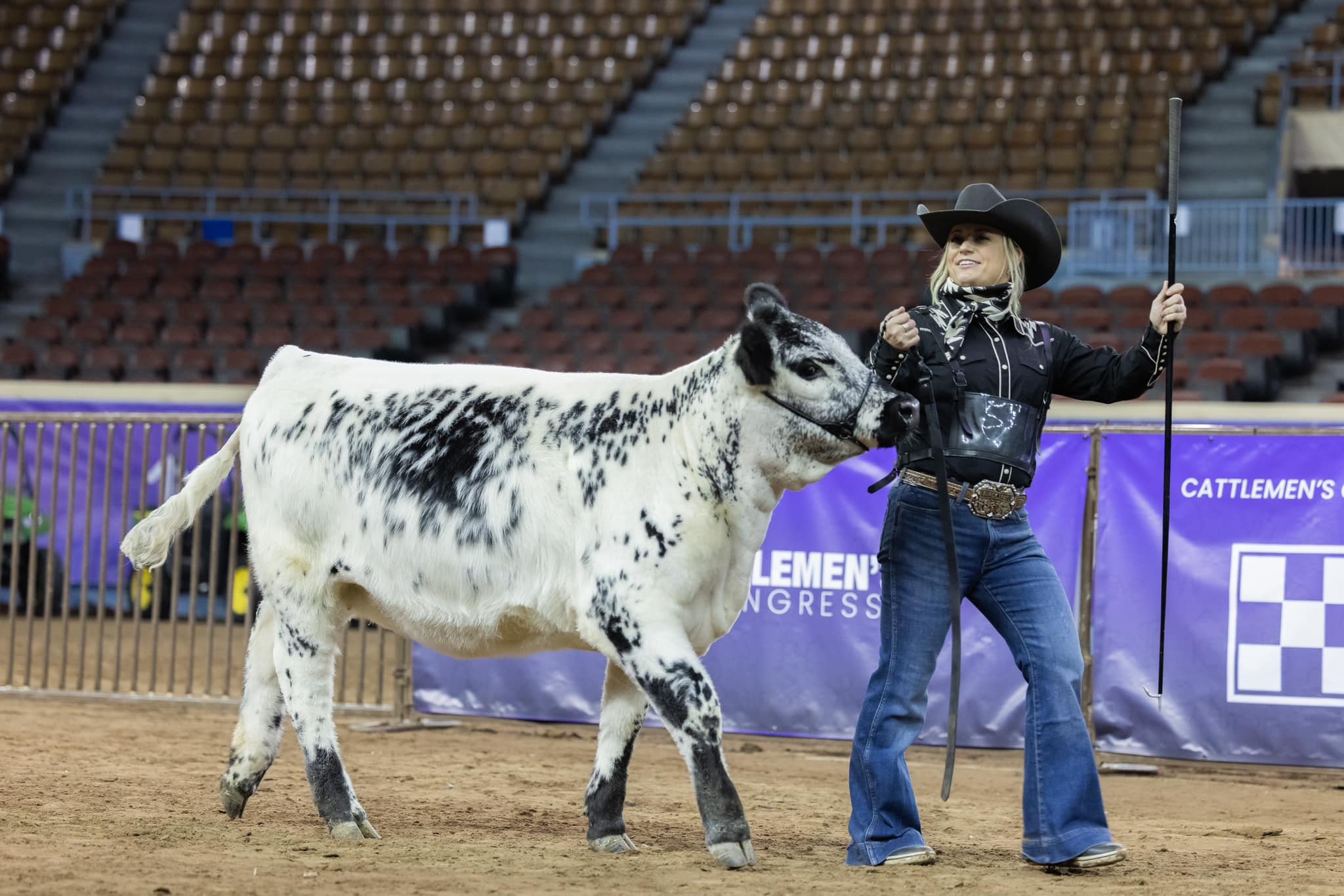The Ultimate Guide to Fitting Beef Cattle for the Show Ring
Fitting beef cattle for livestock shows is an essential skill for any exhibitor aiming for success in the ring. The process involves preparing your cattle to showcase their best attributes, which requires a combination of proper grooming, feeding, and training. This article will walk you through some key steps to ensure your cattle are show-ready and stand out in the competition.
What is the Importance of Fitting?
Fitting beef cattle not only enhances their physical appearance but also highlights their overall health and quality. Judges at livestock shows look for well-groomed animals that demonstrate excellent muscle structure, body condition, and temperament. Proper fitting can make a significant difference in how your cattle are perceived.
Key Steps in Fitting Beef Cattle
1. Proper Nutrition and Feeding
The foundation of a show-ready beef cattle is a well-balanced diet. Start with a high-quality feed that meets the nutritional needs of your cattle. Ensure they receive adequate protein, vitamins, and minerals to promote muscle development and a healthy coat. Adjust the feed as necessary to achieve the desired body condition.
Feeding Schedule: Establish a consistent feeding schedule to maintain weight and muscle tone.
Supplements: Consider adding supplements such as flaxseed oil for a shiny coat and probiotics for digestive health.
2. Regular Exercise
Exercise is crucial for developing muscle tone and maintaining overall health. Implement a daily exercise routine that includes walking and handling. This helps to build muscle, improve cardiovascular health, and enhance the animal's gait and posture in the ring.
3. Grooming and Hair Care
Grooming is a critical component of fitting beef cattle. It involves regular brushing, washing, and trimming to ensure the coat is clean and manageable. Below are some of my favorite tips for grooming and prepping different areas of your animals for the show ring.
Legs: To enhance the appearance of the legs, use a scotch comb to lift the hair and apply adhesive spray to hold it in place. Trim the hair on the inside and outside of the hock joint to create a flat look. Blend the hair from the hock to the lower stifle to give the animal a more muscular appearance.
Topline: Brush the hair on the top line forward. If the top line isn't straight, apply adhesive to ensure the back appears level, then trim the glued hair with clippers.
Tail Head: Apply adhesive to make the hair at the tail head stand up and out. Clip the tail in a "V" shape to give the animal a thicker appearance from behind.
Tail: Clip the tail to create a leaner look, stopping at the point where the hair blends with the top line.
Head: I recommend using headlocks to assist in clipping the heads of your cattle.
Rump: Begin by clipping the tail and rump first, allowing the animal to acclimate to the sound and feel of the clippers. Use a smaller clipper for the tail and larger clippers for the rest of the rump.
Pro Marissa Tip: Purple Shampoo is your BEST FRIEND if you have white haired cattle like our British Whites!
4. Clipping and Trimming
Clipping and trimming are essential to accentuate the cattle's best features. Start with a coarse clipper blade for the initial cut, then use a finer blade for detailing.
Body Clipping: Clip the body to create a smooth, even appearance. Pay attention to the topline, legs, and underline.
Head and Tail: Trim the head and tail for a neat and tidy look. Be cautious around sensitive areas and ensure even cuts.
5. Final Touches
On the day of the show, perform a final inspection and touch-up to ensure your cattle look their best.
Hoof Care: Trim and clean the hooves to prevent any discomfort or lameness.
Final Brushing: Give the coat a final brush and apply a coat conditioner for extra shine.
Show Halter: Use a clean, well-fitted show halter. Ensure it complements the animal and is comfortable for them to wear.
Training and Handling
Training your cattle to handle the show environment is just as important as their physical preparation. Start by getting them accustomed to being led and handled. Practice walking, stopping, and posing to ensure they respond well to commands.
Leading Practice: Spend time leading your cattle daily, using a halter and lead rope. Practice in different environments to get them used to various sights and sounds.
Calm Handling: Practice makes perfect and the more you handle your animal, the better they will be.
Fitting beef cattle for livestock shows requires dedication, attention to detail, and a deep understanding of your animal's needs. By following these steps and maintaining a consistent routine, you can enhance your cattle's appearance and performance, increasing your chances of success in the show ring. Remember, the key to a successful showing is a well-prepared and well-handled animal, showcasing the best of what your hard work has achieved.


